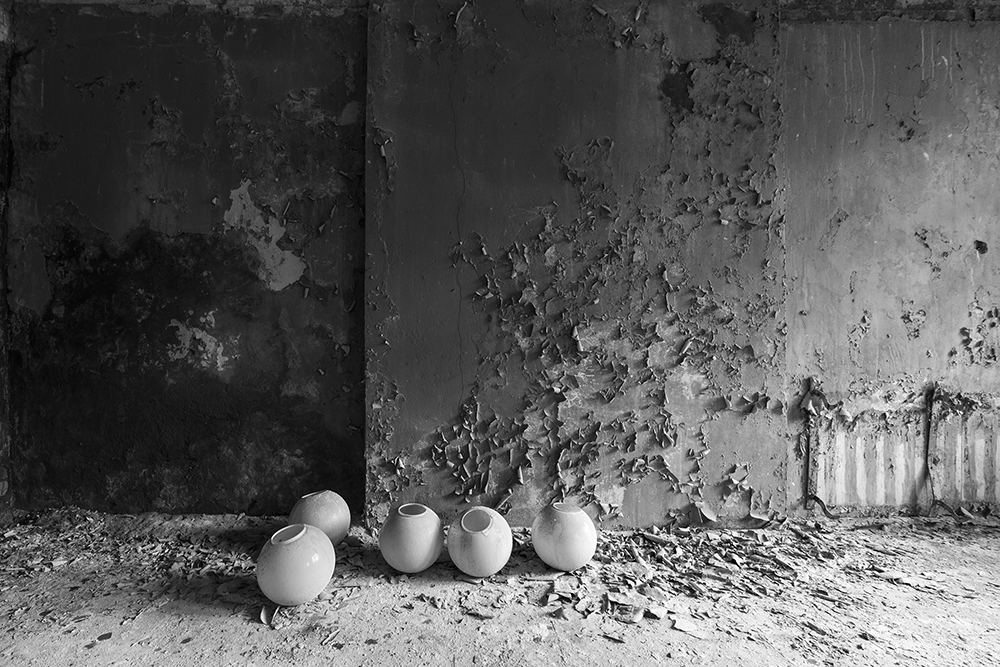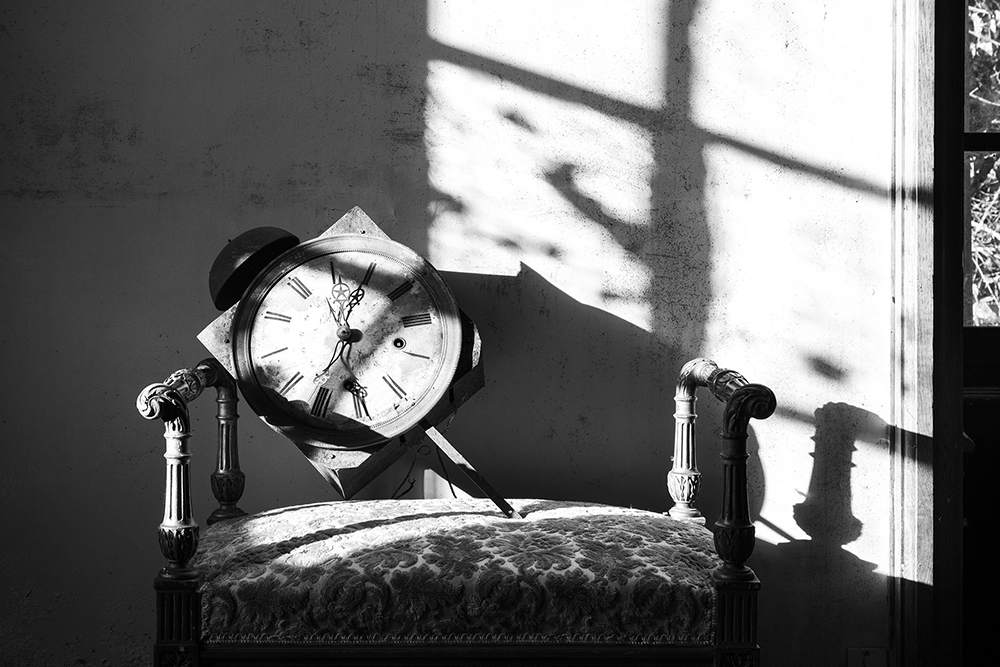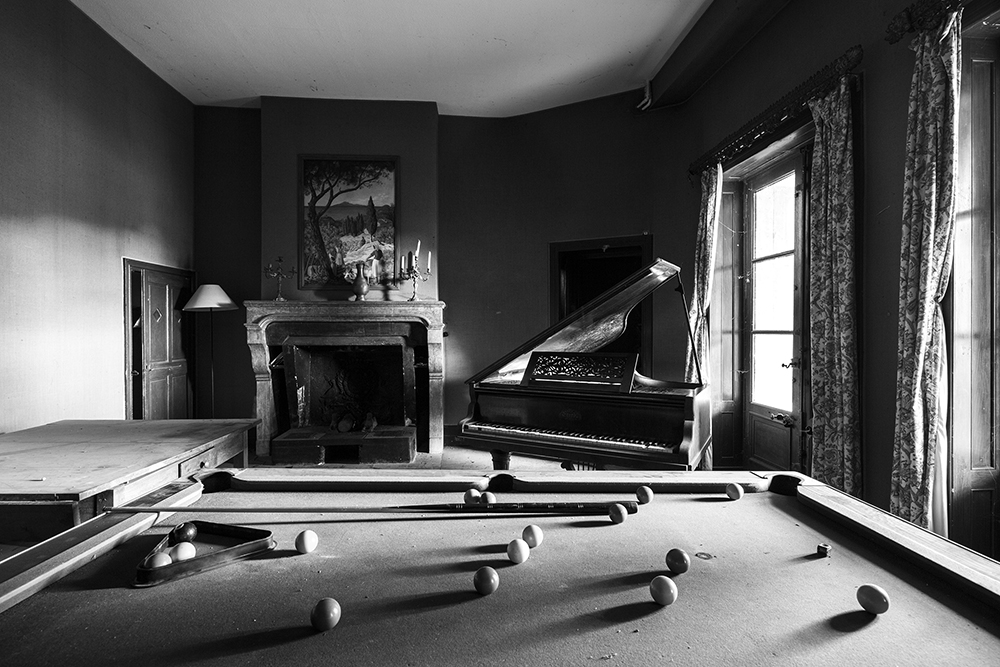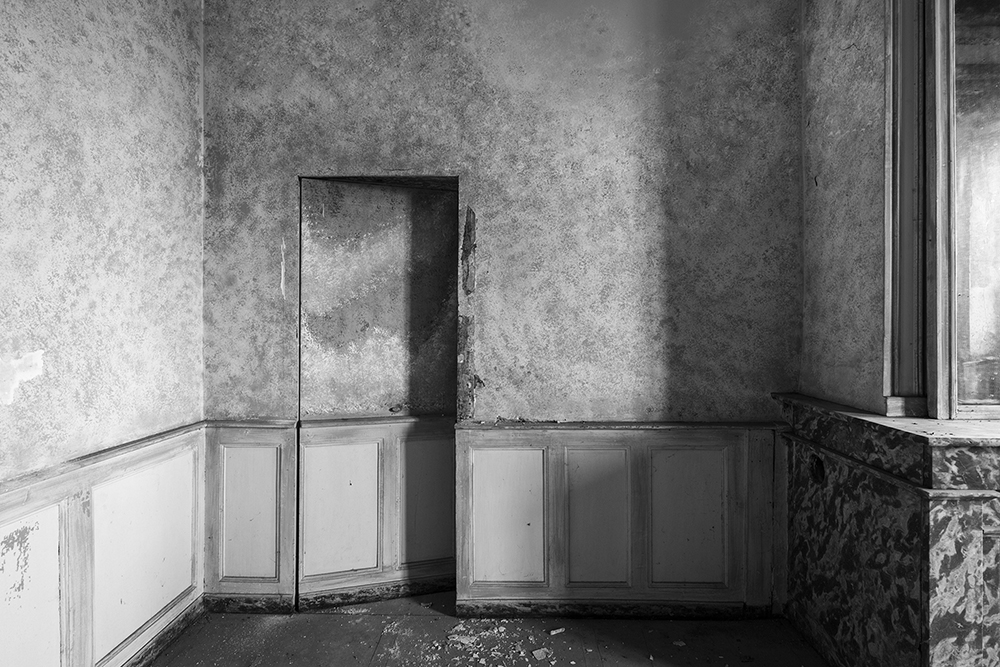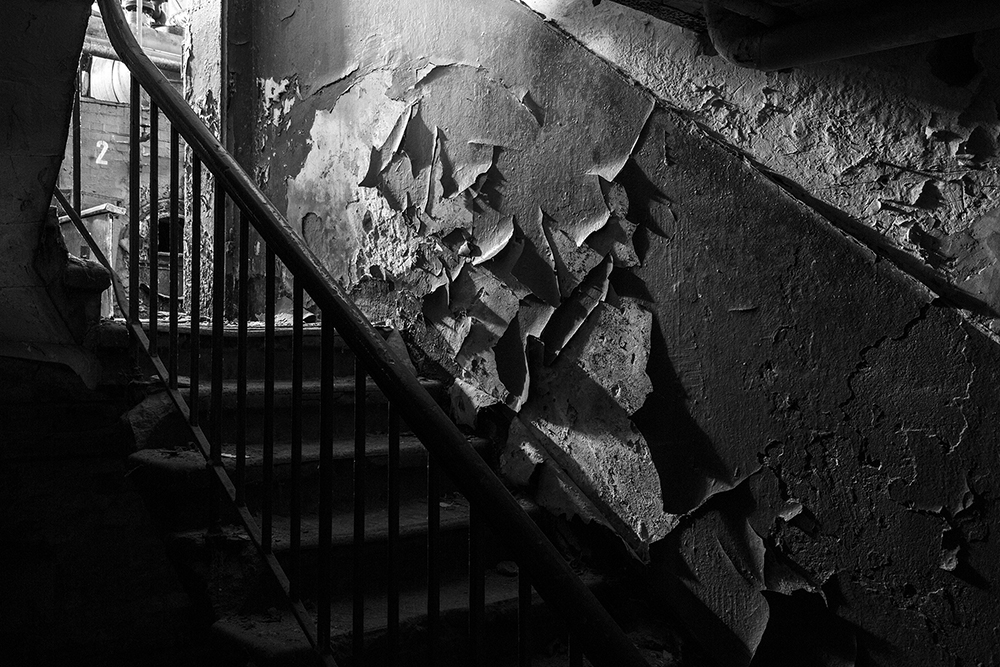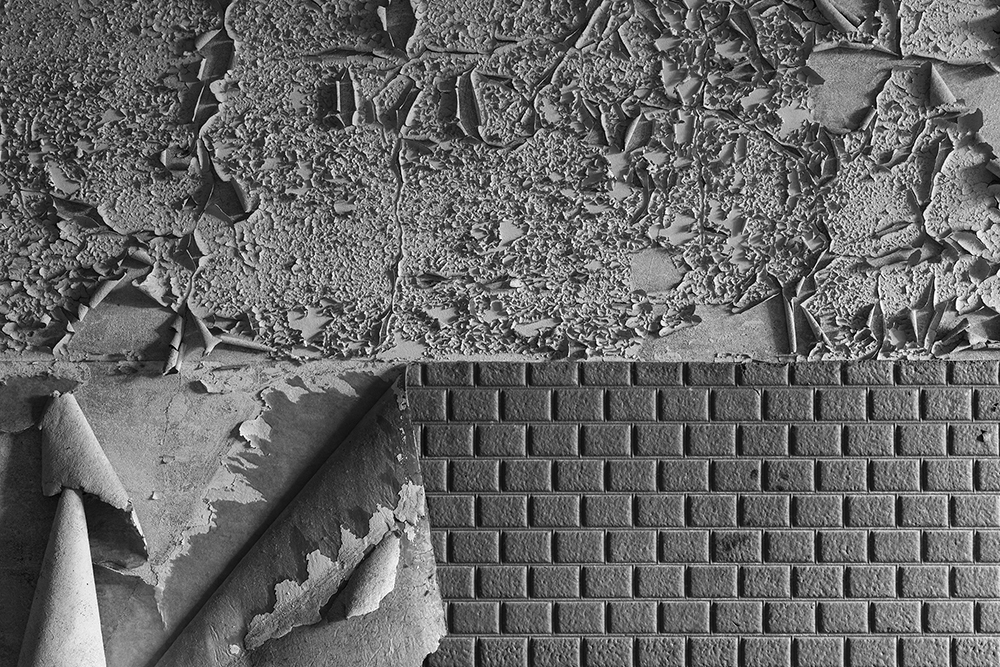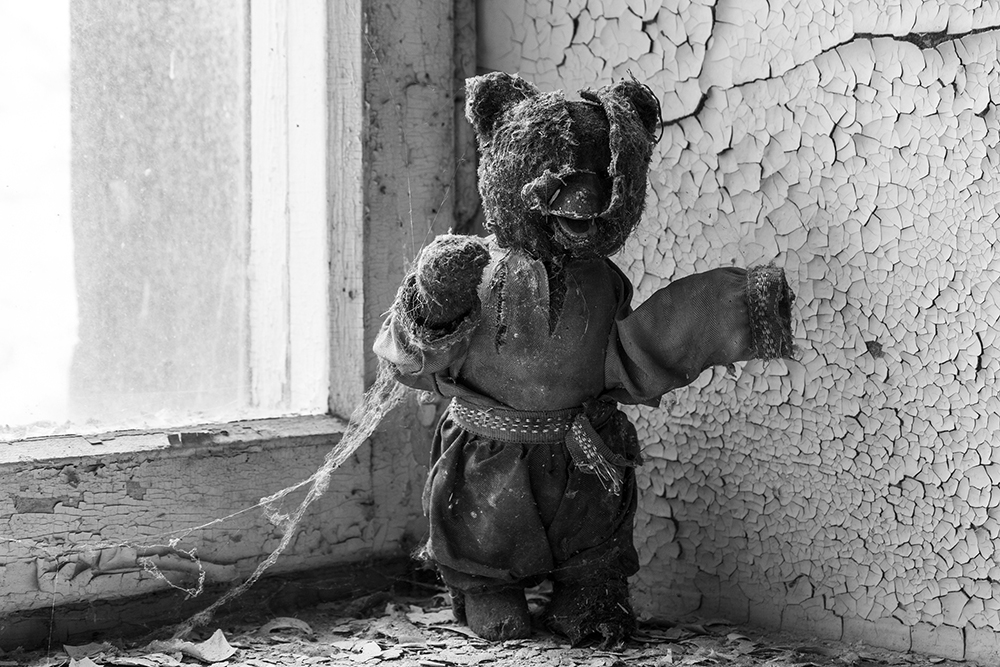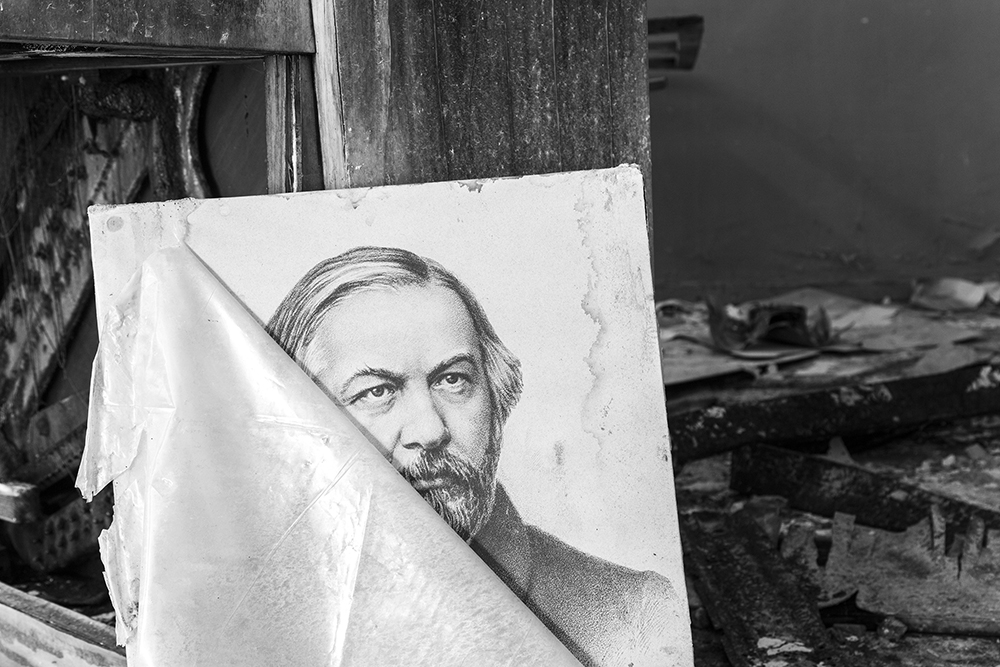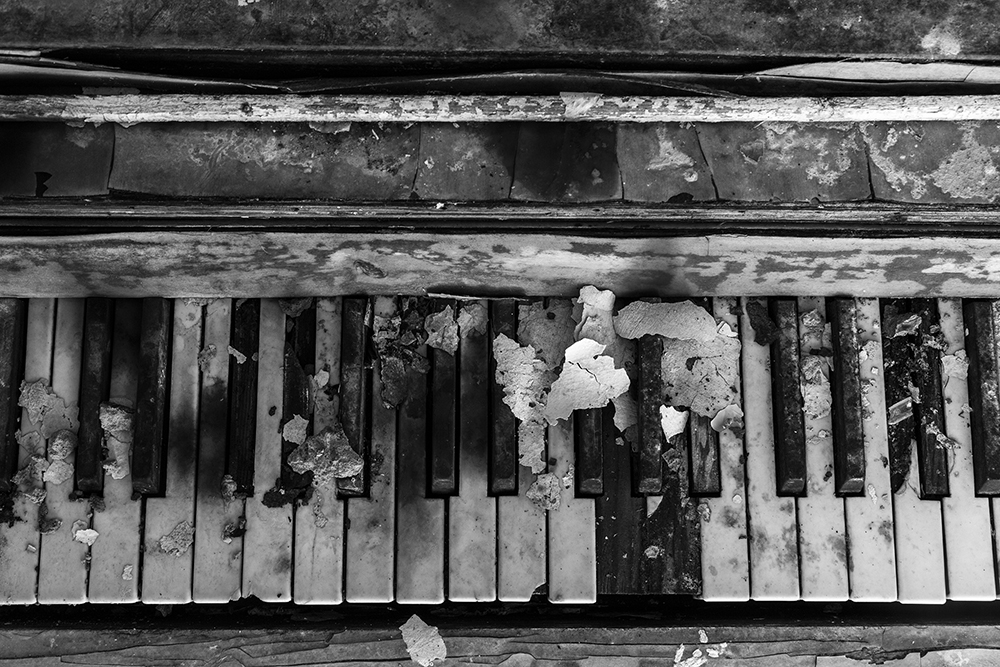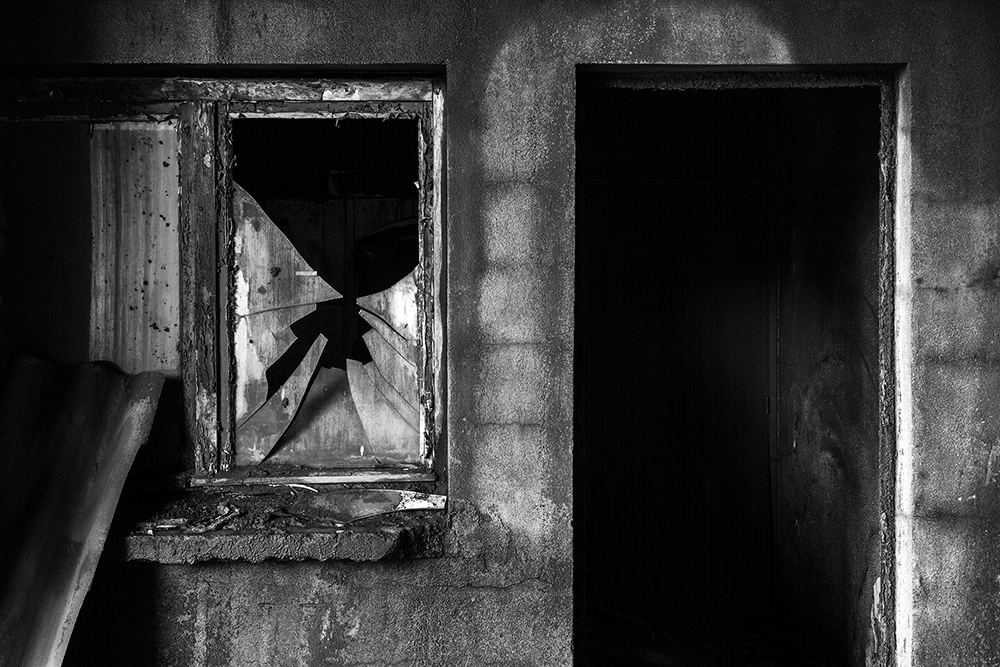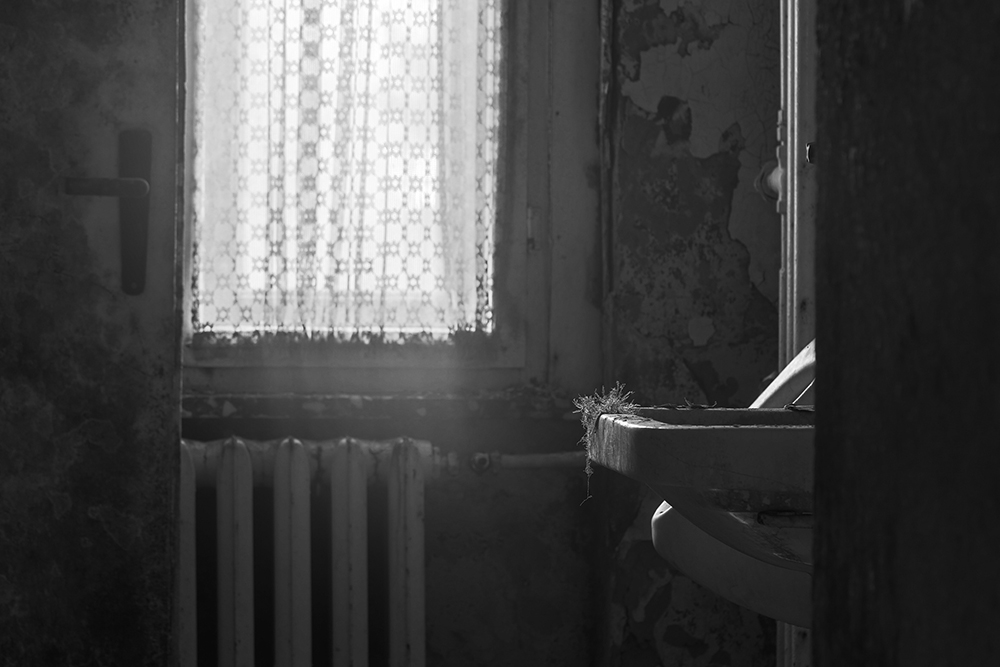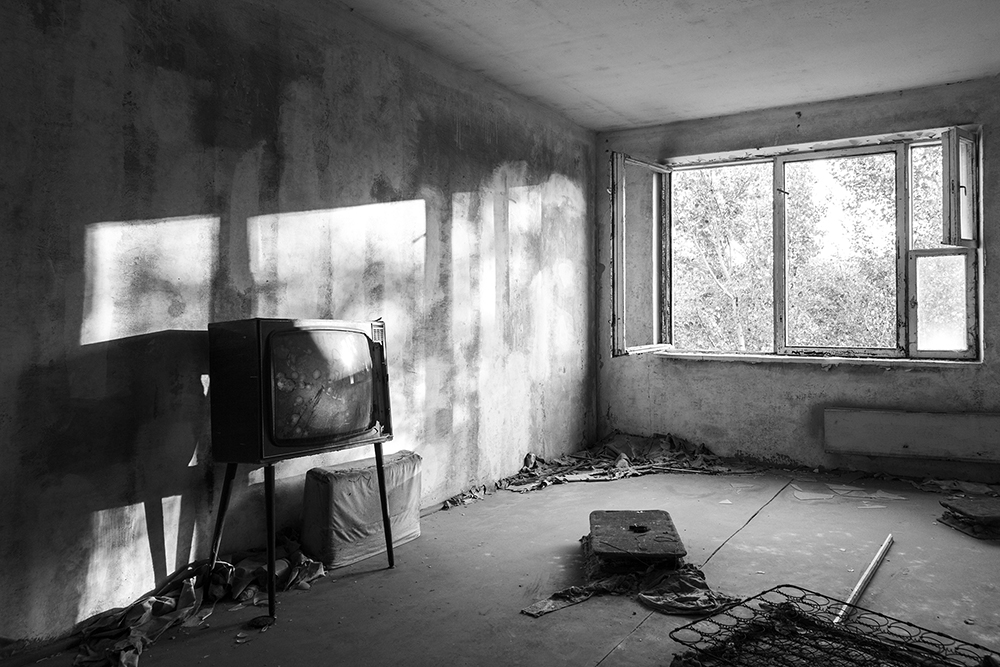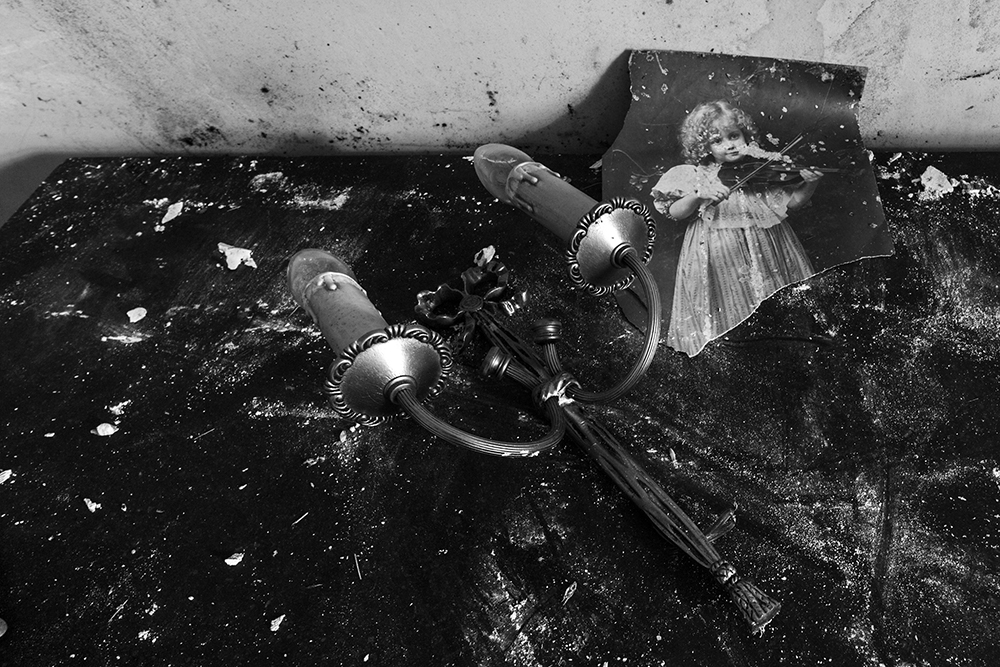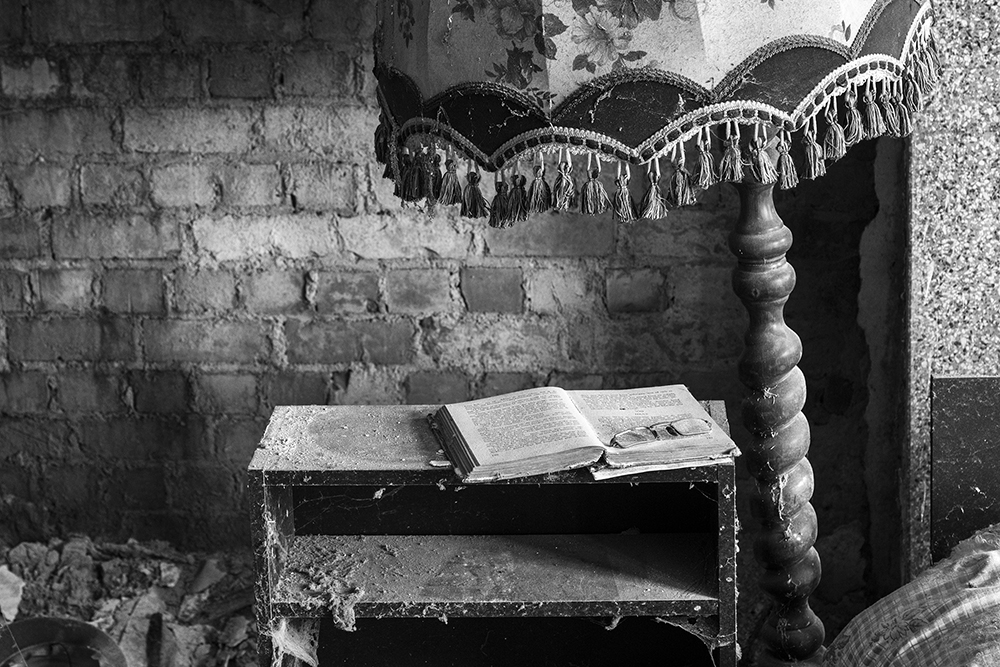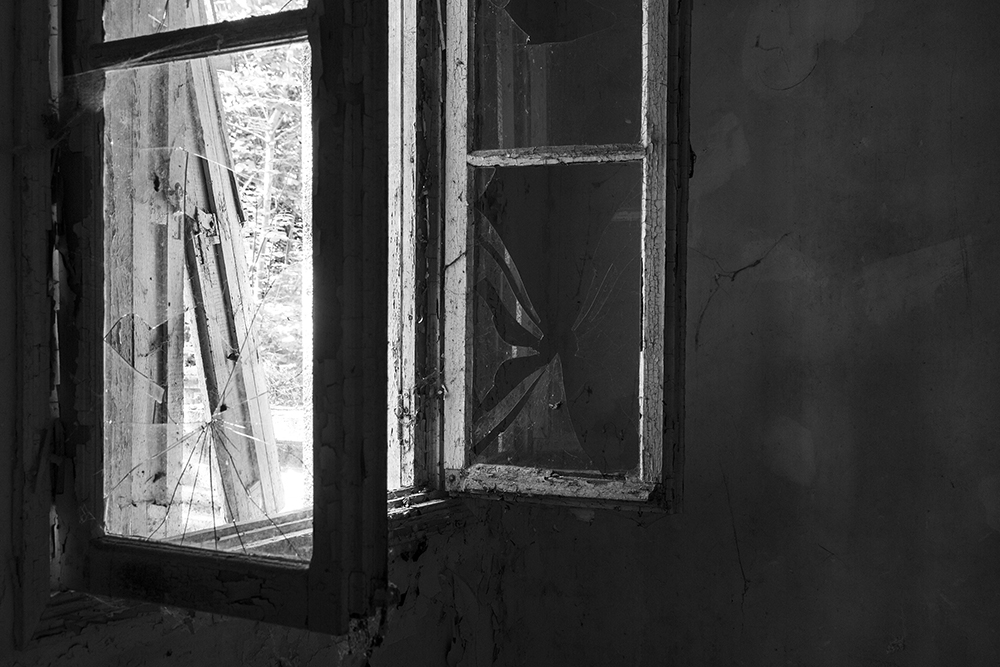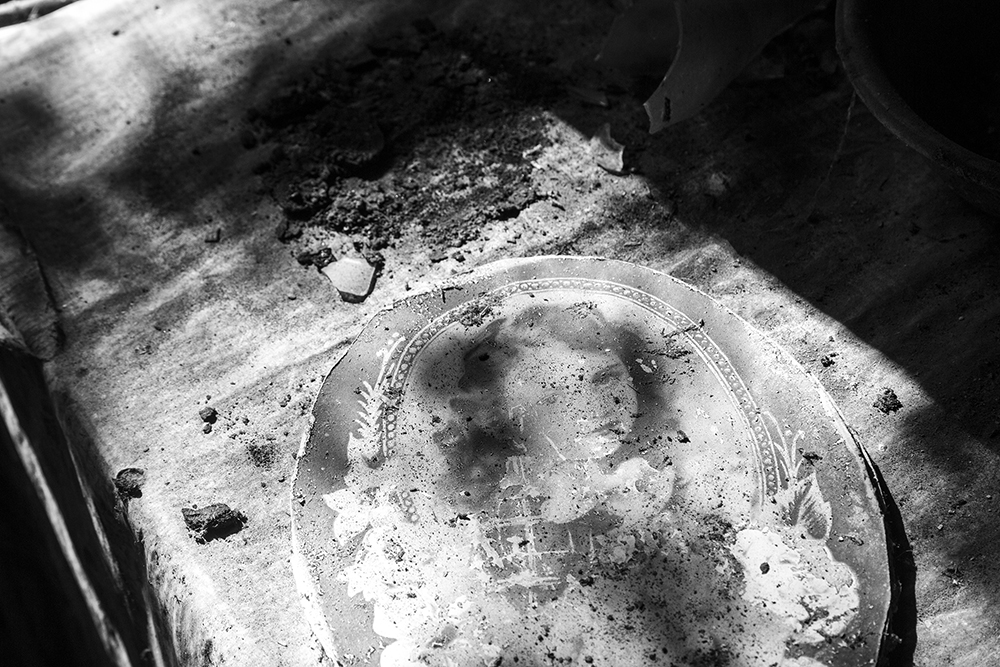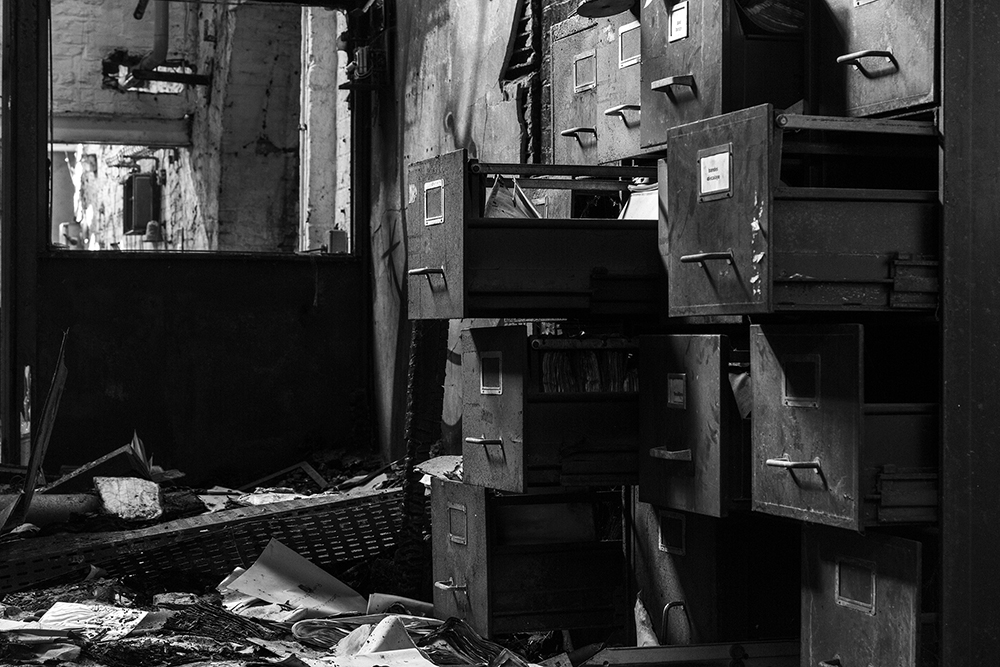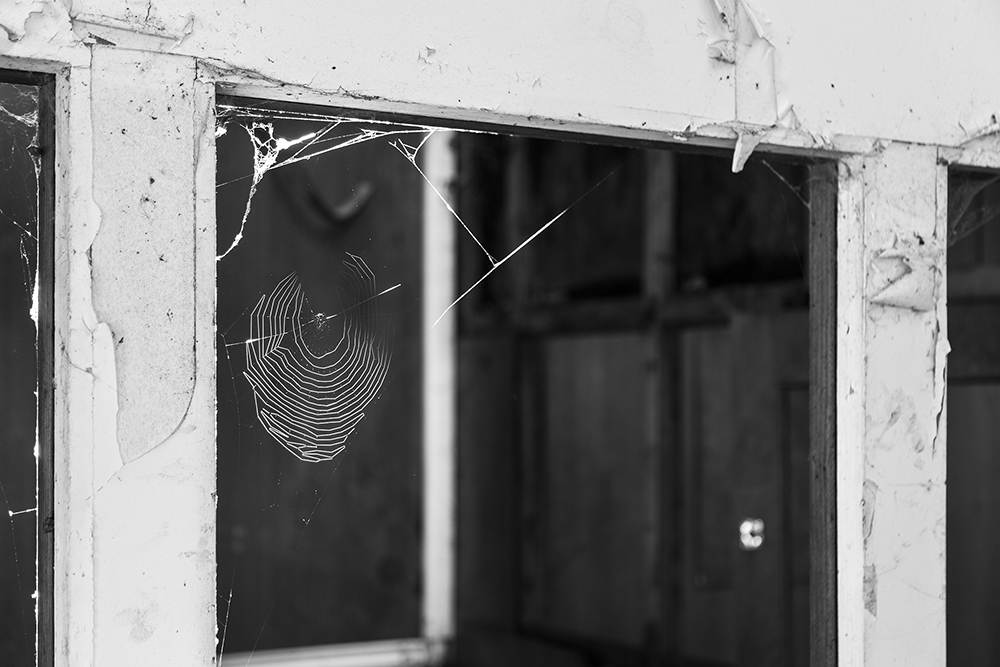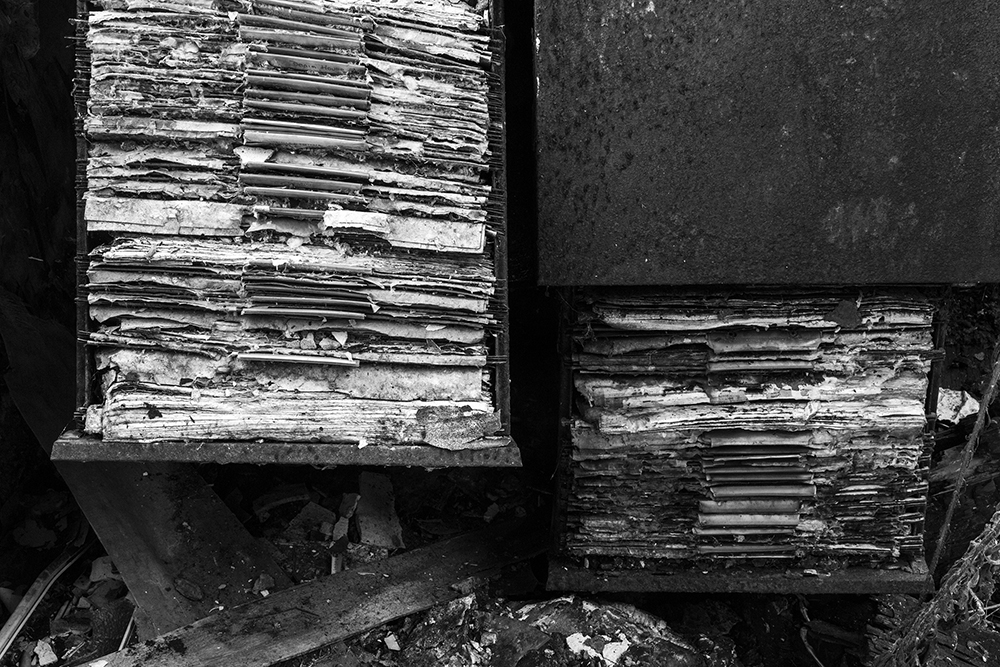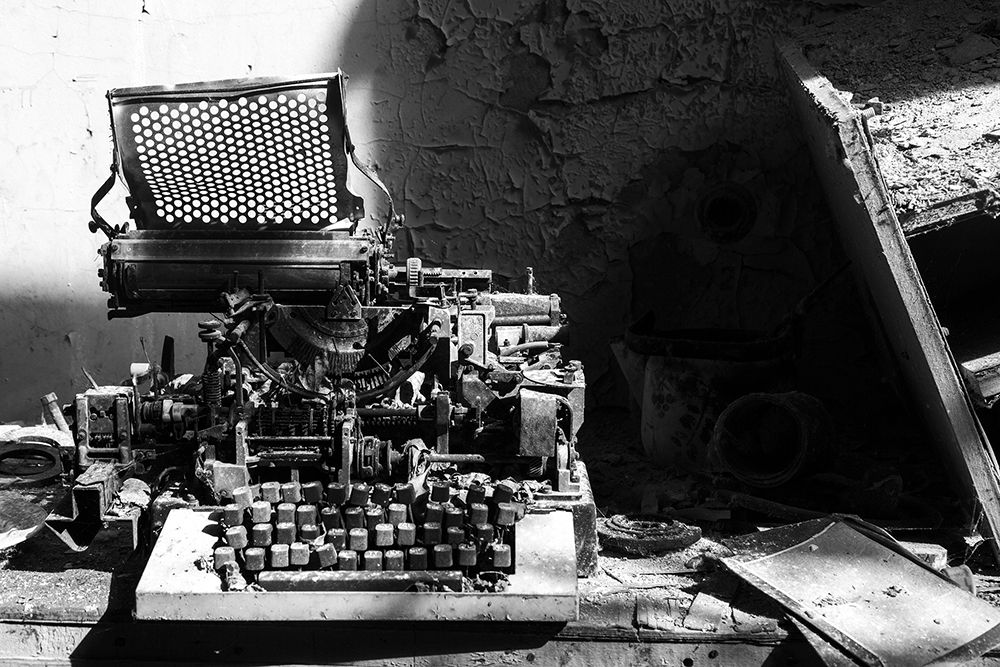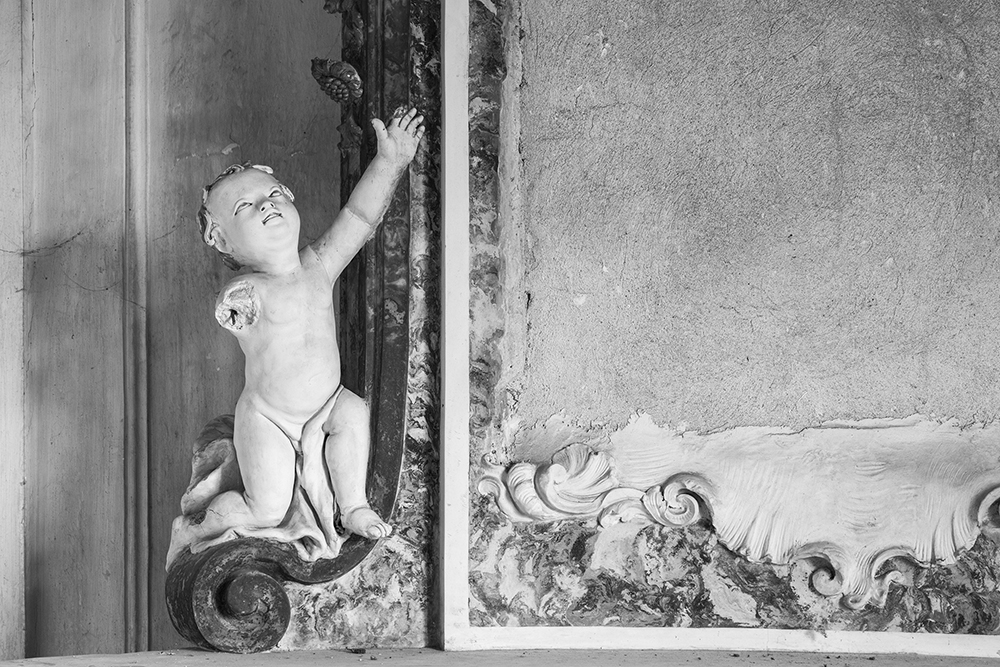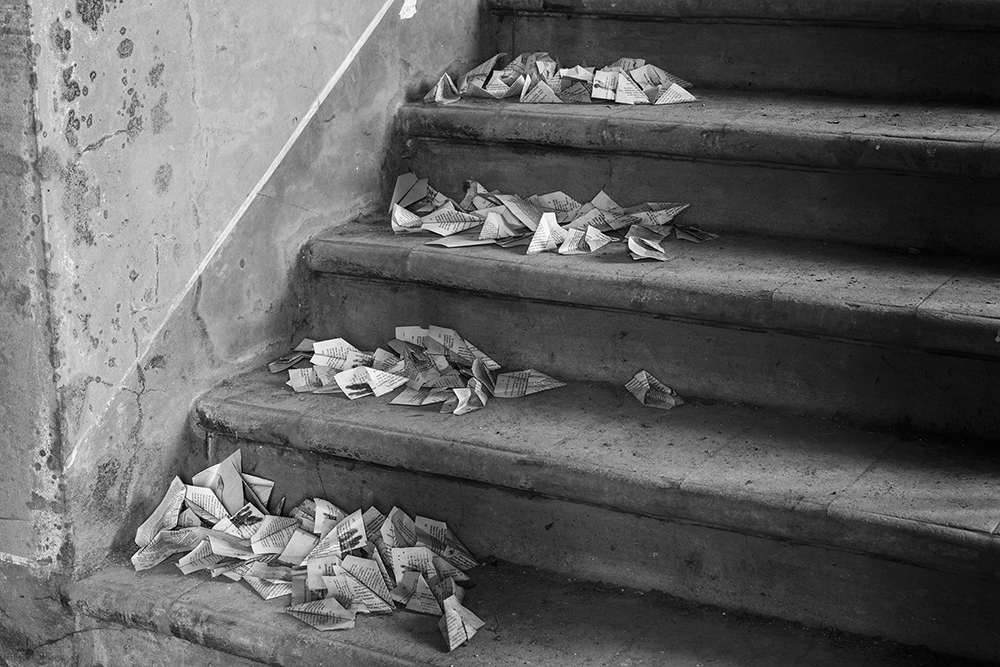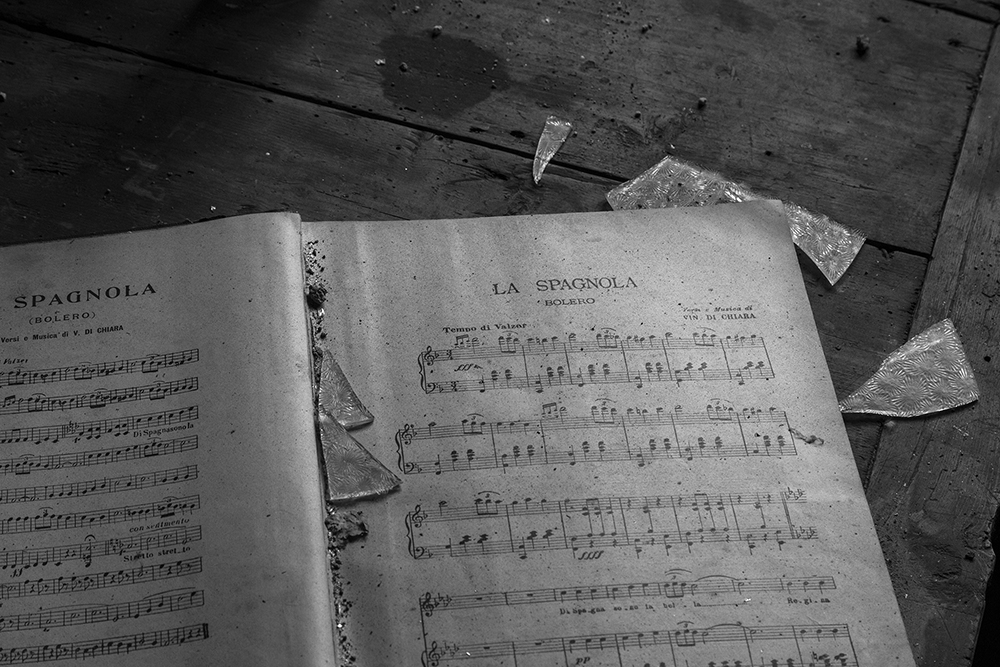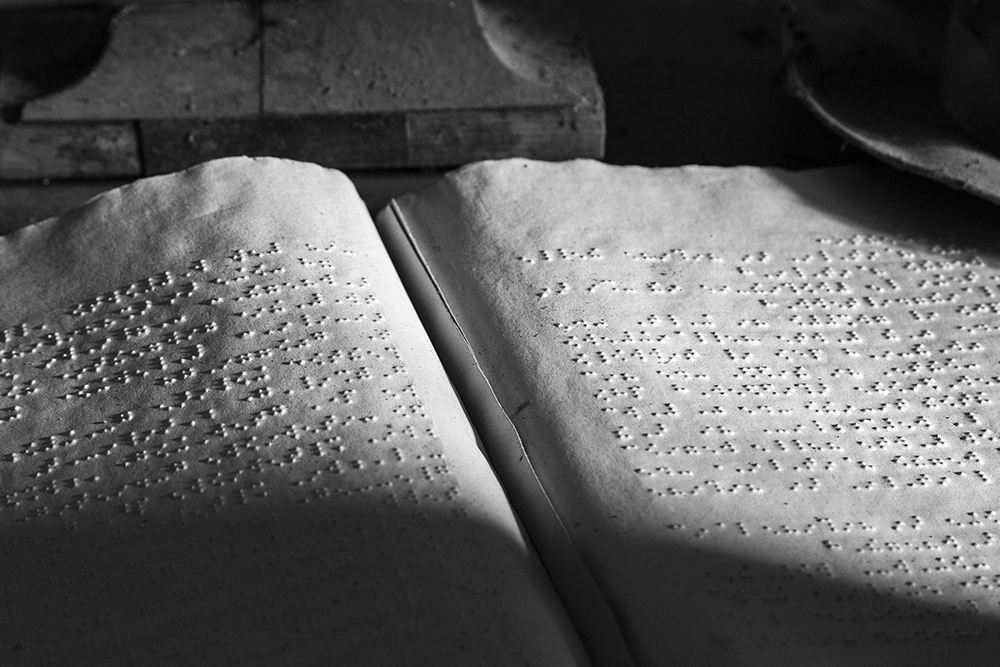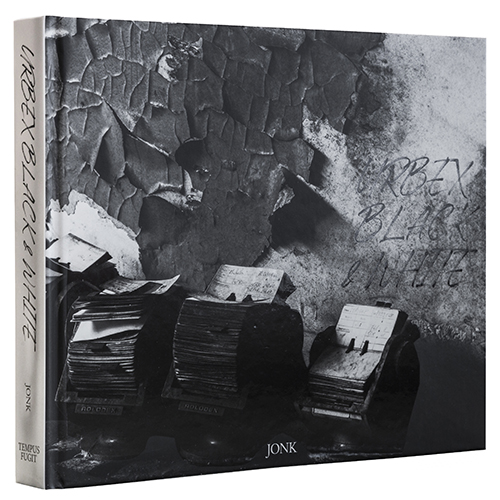
- Hardcover – 240 pages
- Publisher: Tempus Fugit
- Language: French
- Size: 26.5cm x 21.6cm
- ISBN: 978-2959072017
Released in October 2025
Foreward by Marissa Roth, Pulitzer Prize-winning photographer, lecturer and curator
My loyal readers know that I tend to slip quotes into my works. For once, I’ll do so right in the introduction.
“Although humans see reality in color, for me, black and white has always been connected to the image’s deeper truth, to its most hidden meaning.” Peter Lindbergh
“Color is descriptive. Black and white is interpretive.” Elliott Erwitt
“When you photograph people in color, you photograph their clothes. But when you photograph them in black and white, you photograph their souls.” Ted Grant
These three immense stars of photography couldn’t have been wrong. There is something special about black and white photography. Something deeper, more poetic, more sensitive. And even though I don’t photograph people, and the few items of clothing in this book are in tatters, I still thought that after ten books, the time had come for me to tackle this subject.
The idea came to me in 2019 when I came across these four Rolodexes in a foundry in Auvergne. I found them magnificent. As almost always, I didn’t touch anything before shooting. The wall they were in front of was perfect. The light coming from the left was perfect too. I didn’t look any further when it came to choosing the cover for this book.
Even though I started out using the wide-angle lens much more often than the zoom, I’ve been photographing details since my beginnings in these abandoned places. The proportion of close-ups increased with the perspective of this book. Recently, they’ve even become the majority. I’ve already presented four black-and-white series: airports, mannequins in shop windows, deserted playgrounds, and life amidst the remains of the USSR. Readers who are both loyal and curious will find them on my website. Even though some series have an indirect connection to abandonment, I’ve never shown my photos of abandoned places in black and white. All the images in this book are new.
The depth, poetry, and sensitivity of black and white mentioned above blend perfectly with my world of abandoned places, particularly when you focus on the details they offer. Ripped curtains fluttering in the draft, stopped clocks, dismembered dolls, and overturned chairs offer a thousand shades of gray, because that’s what it’s all about. It’s no coincidence that the Greeks had three different words for “gray.” The same goes for Latin. When light mixes in and bathes with its rays dusty balls on a billiard table or a majestic piano that hasn’t sounded in a long time, they are all there, the thousand shades.
Gray is full of mystery. Far from being neutral, it is the color of nuance, of ambiguity. It is also the color of contradiction, between the positive associated with white and the negative associated with black. Gray is complex; it is the meeting point of all possibilities.




